From the bustling discussions at the SADC Sustainable Finance Forum to the upcoming G20 Sustainable Finance Working Group, leaders are delving into strategies to fuel the demand for green infrastructure in Africa. The concept of blended finance is emerging as a pivotal game-changer, mitigating risks associated with green projects and fostering a surge in buildings and power plants that not only save costs but also enhance long-term resilience.
Africa’s urban population is on track to double from 700 million to 1.4 billion by 2050, triggering a substantial need for new housing and infrastructure. This rapid growth puts pressure on local resources such as water and energy. Green infrastructure initiatives, including eco-friendly buildings constructed to high environmental standards and renewable energy facilities, present a sustainable path for African cities to expand responsibly.
Despite the evident advantages of green projects – ranging from reduced resource consumption to job creation (forecasted around 3.3 million new jobs in Africa by 2030) – there remains moderate demand across the continent. Investors often hesitate due to high initial costs and uncertainties related to nascent green sectors.
In this context, forums like the SADC Sustainable Finance Forum bring together international thought leaders, government officials, financial sector regulators, banking associations, and investors within the SADC region. These engagements aim to explore ways to spark widespread interest in green infrastructure projects throughout Africa.
One standout solution frequently highlighted is blended finance – leveraging public or philanthropic capital alongside private investment to propel growth in green projects across Africa. By using concessional funds alongside commercial investments, blended finance helps lower perceived risks associated with venturing into emerging green sectors.
For instance, consider Mocuba in central Mozambique where a vast solar farm powers thousands of homes thanks to a $55 million financing package facilitated by IFC through blended finance mechanisms. This successful project has paved the way for additional renewable energy ventures like the Cuamba Solar plant.
Blended finance also enables developers and businesses access funding for eco-friendly products through partnerships with financial institutions like Absa, Standard Bank, and Nedbank CIB in South Africa. Programs such as Market Accelerator for Green Construction provide concessional finance along with advisory support marked by incentives like rebates for certified green buildings.
Moreover, large-scale green projects like Zambia’s procurement of 75MW solar power were made possible through programs supported by organizations such as IFC that streamlined processes while de-risking investments via concessional funding.
As momentum builds behind these initiatives driven by blended finance structures, there arises a tangible shift towards sustainable practices on the continent. Collaboration between stakeholders can shape markets towards sustainability goals while unlocking economic growth opportunities alongside enhanced resilience levels significantly impacting African economies positively.



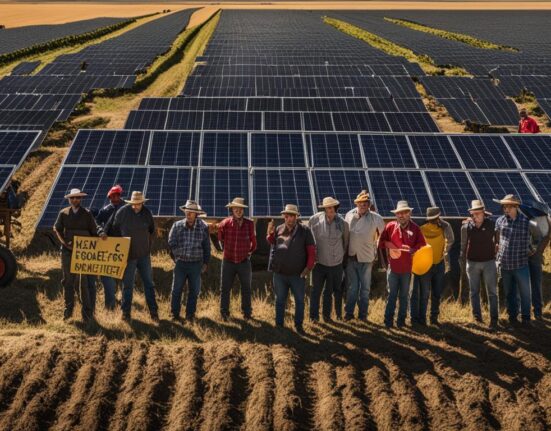

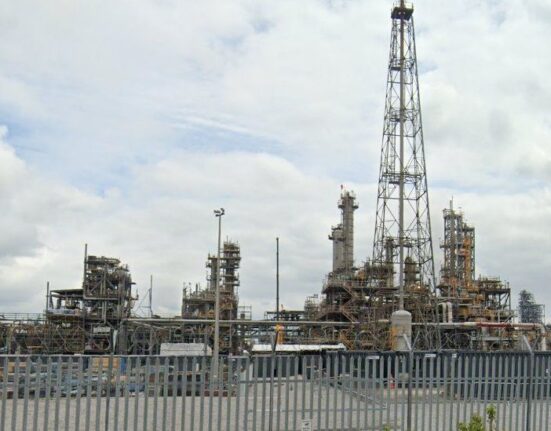
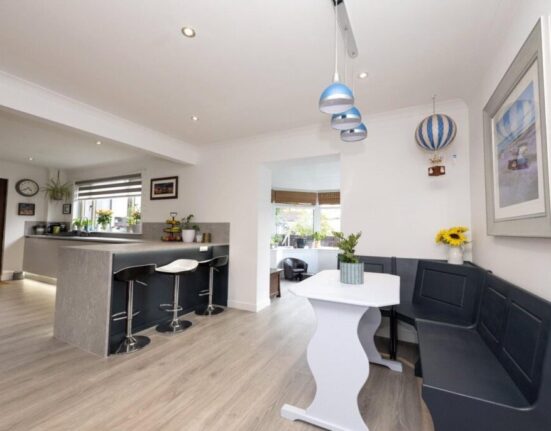
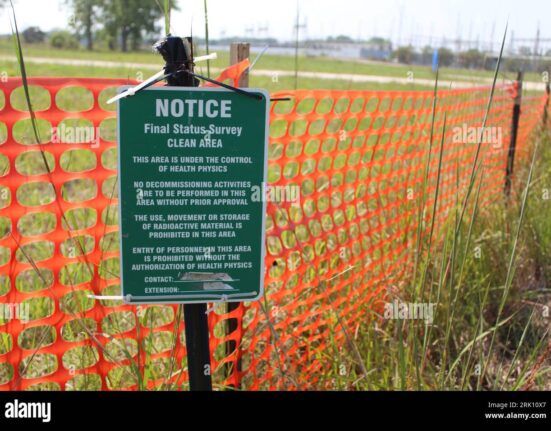
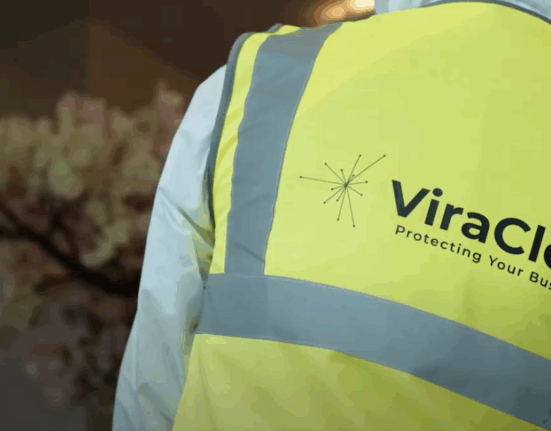
Leave feedback about this